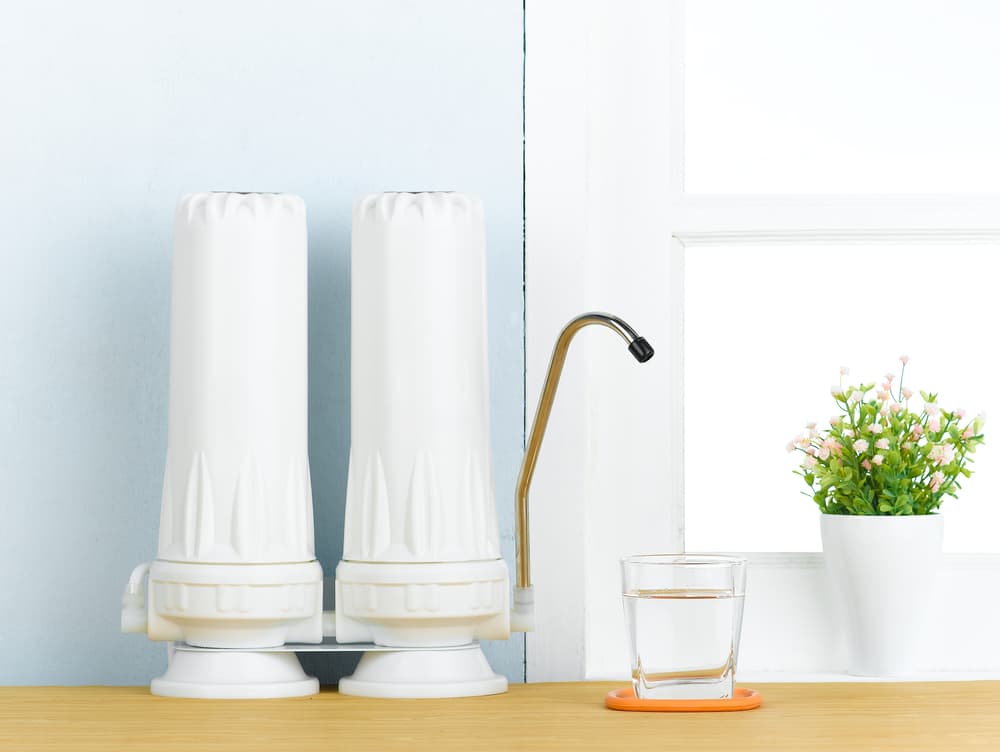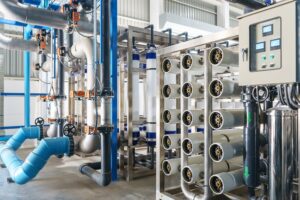Table of Contents:[hide]
If you are concerned about water quality in your yacht or boat, consider converting to a reverse osmosis water system. Rever osmosis’s water purification technology enhances and filters water for drinking, cooking, and other uses.
A well-liked and dependable technique for guaranteeing that you always have delicious filtered water on demand is reverse osmosis (RO). Let’s discuss what you need to know about its benefits and usage for your boat or yacht.
What Does a Reverse Osmosis System Do?
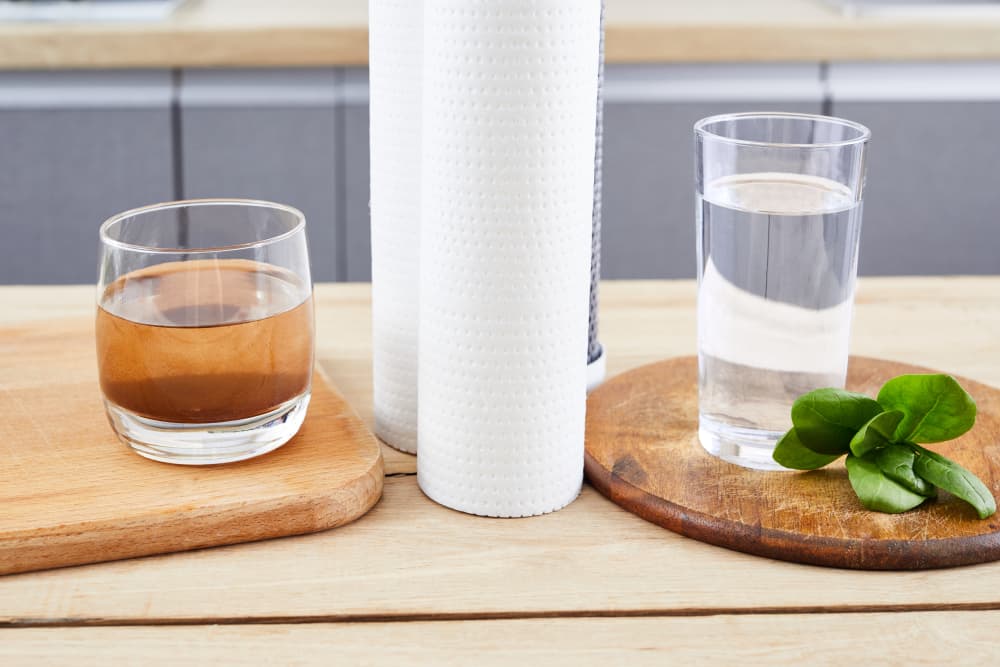
By definition, a water maker is a device used to obtain drinking water from seawater. This is achieved by a water treatment process called reverse osmosis. Water makers remove salt and other contaminants from seawater and brackish water in order to produce a continuous supply of fresh water that is safe to drink.
With the right setup, cruisers now have the ability to produce 20 or 30 gallons of desalinated water per hour. These devices can be quite valuable to have on board because they reduce the need for large water tanks for a long passage.
Is Reverse Osmosis Water Good for You?
Water pollutants such as bacteria, viruses, nitrates, sulfates, fluoride, arsenic, and many more are removed from water using RO systems. So in other words, Yes, it’s safe to drink reverse osmosis water.
Let’s take a look at the benefits of reverse osmosis water filtration:
Almost All Contaminants Are Filtered by Reverse Osmosis
Compared to other types of water filtration, reverse osmosis is one of the most universally successful ways to remove water pollutants. Reverse osmosis water filters, even those made for home use, may remove lead, asbestos, and 82 other contaminants.
Save Money on Bottled Water
Reverse osmosis filtration systems are a safer and greener alternative if you only have access to disposable plastic water bottles. Using RO could result in yearly financial savings of hundreds, possibly even thousands.
Sodium From Water Is Reduced
if you want to avoid consuming water with increased sodium content, RO is the best option. You will lessen the negative impacts of a complete softening system by installing a RO filtration system at your sink.
Can You Drink the Water Produced by a Watermaker, and if So What Does It Taste Like?
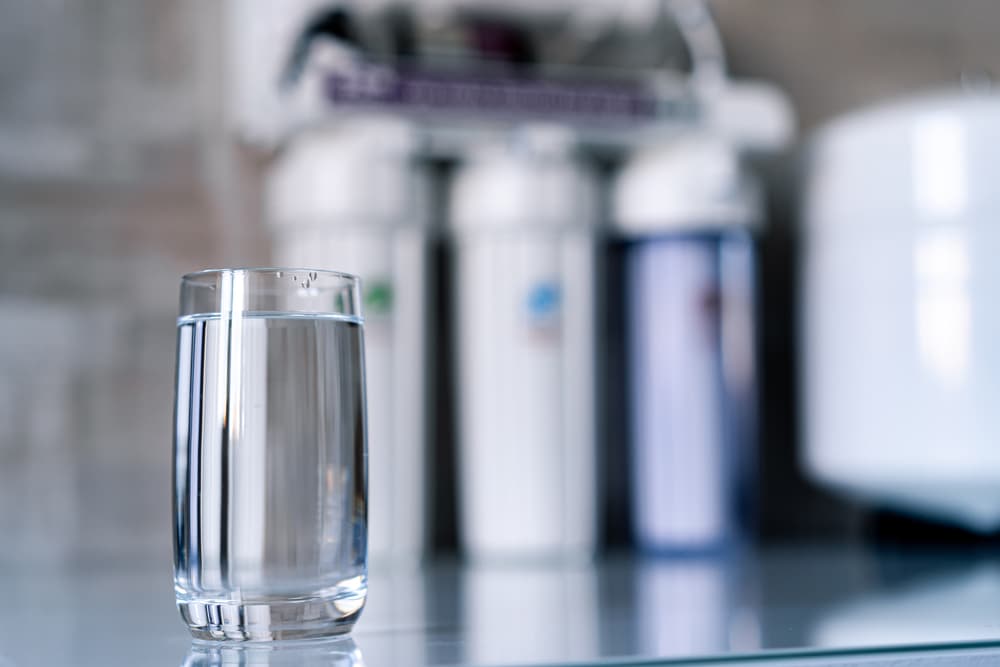
Saltwater can be sterilized by boiling it, but the salt will remain. Before the water may be consumed, the salt must also be removed; heating the water won’t do this permanently. You must employ reverse osmosis or distillation technology to desalinate seawater safely.
But what of these methods can be the perfect solution for you? Let’s dive deeper into these terms:
Reverse osmosis: Reverse osmosis is a process in which seawater is pushed under high pressure through a very thin filter. We at Cruise RO Water and Power count with a variety of water makers for your boat or yacht to convert seawater into freshwater through a process known as reverse osmosis (RO).
Distillation: Distillation is one of the most well-known ways to get clean drinking water. It’s OK to drink the salt-free water vapor that results from boiling saltwater.
How to Turn Saltwater Into Freshwater?
Although the procedure for RO systems can seem straightforward, it is actually fairly complicated. As much as we’d like to, we are unable to remove the salt from the water that easily.
Below you will find a step-by-step breakdown of the reverse osmosis process:
- Intake: The first step is the intake, where saltwater is taken from the source via a pump.
- Filtration: Next, the water is filtered through a sediment filter that removes larger particles such as dirt, rust, and other debris.
- Pre-treatment: The water then passes through a carbon filter to remove chemicals, odors, and tastes from the water.
- Reverse Osmosis: The water is then sent to the reverse osmosis membrane, which is pressurized to force the water molecules through the membrane, leaving behind contaminants such as salt and other minerals.
- Post-treatment: The clean water is then sent to a post-treatment filter for polishing before being collected in the holding tank.
- Storage Tank: The purified water is now stored in a sealed tank.
How Long Does It Take To Make Fresh Water?
The time it takes to purify salt water to drink depends on the water maker. Some water makers can create fresh water in a few hours, while others may take more time.
The size, capacity, and other features added to the water maker also play a role in production time.
The production time can be measured in three different categories:
Production Capacity
You might choose a water maker more rapidly if you are aware of the units of measurement for freshwater output. Since watermakers are designed to create huge amounts of water, their capacities are typically expressed in gallons per hour (GPH) or gallons per day (GPD).
In the case of RO systems, you can easily identify how long it takes to make fresh water from salt water by observing the specifics.
Feed Water Quality
If the feed water is high in dissolved solids, it will take longer for the RO system to work. This is why it’s crucial to help determine how long it will take to make fresh water.
Production Rates
Reverse osmosis systems produce 24 to 36 gallons of water per hour. This includes drinking water and water used for cooking, cleaning, and other purposes. Larger systems may produce more water, while smaller units may make less.
How to Know if You Need a Desalination System for Your Boat?
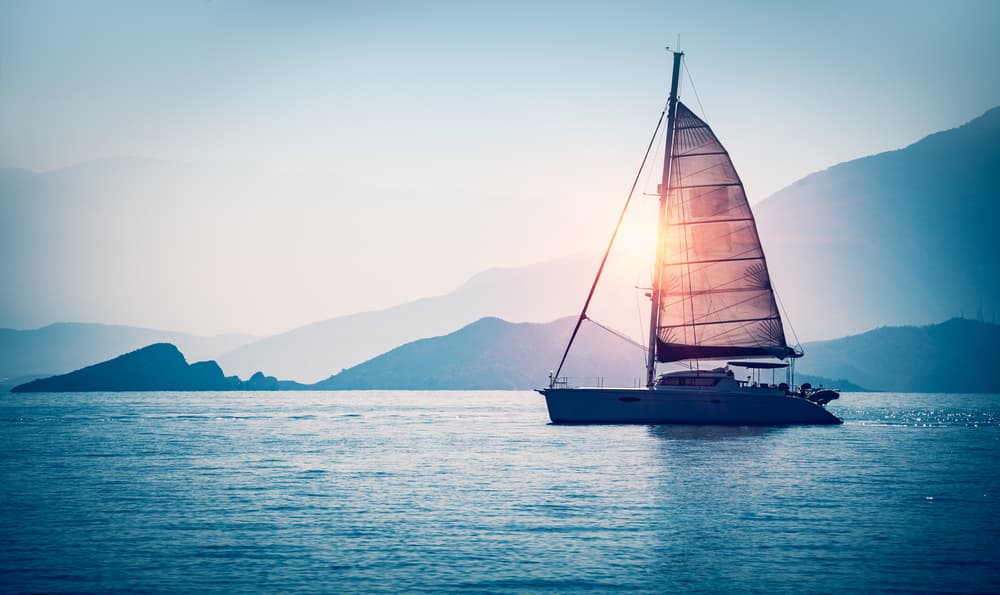
No matter the size and type of the boats, all of them need to have potable water. Having a water desalination system is key, since it will ensure that anyone from the crew on board has drinking water available.
While you’re surrounded by seawater, none of it can be drunk or used for cleaning or cooking. That’s why desalination systems are important for anyone and everyone planning to be out at sea for a while. It can help prevent water scarcity while using the resources around the boat.
Choose the Right Capacity RO System for Your Boat
Typically, it takes 4 gallons of seawater to produce 1 gallon of fresh water. The advantage of this method is that it can increase the effectiveness of waste treatment.
Cruise ship requires the correct watermaker to provide passengers with high-quality and easily available water. Fortunately, many watermaker alternatives can easily adapt to diverse requirements.
Simply Water Makers
The most cost-conscious water producers are basic models that always seek out methods to save expenses without sacrificing quality.
The remote panel and necessary installation for the water maker controls are on the end of the RO Pressure Vessel.
Energy Recovery
The energy recovery watermaker can use 80% less electricity than ordinary watermakers. Additionally, using less energy reduces CO2 emissions by almost 85%, making it an environmentally responsible choice.
AC Watermaker
These desalination systems run on an air conditioner generator. It currently has the greatest output watermaker for yachts and boats and runs efficiently on 12V DC power.
Engine Driven
Our engine-driven water producers are ideal if you’re looking for a versatile, effective system. Your boat’s water desalination system produces large amounts of fresh water each time the engine operates.
DC Watermakers
This type of watermaker sare top performing reverse osmosis desalination system. They are typically great for solar-powered or 12-volt battery-powered boats.
Why Is Energy Consumption in Reverse Osmosis Important?
To supply fresh water without using any energy would be extremely challenging. The energy needed to pump freshwater to the surface is required even if it may be freely available underground. The energy needed to collect fresh water from a groundwater source at a pumping head of 100 to 200 feet is 0.14 to 0.24 kWh/m3.
In order to extract freshwater from surface and ground waters with high concentrations of dissolved particles, desalination is an innovative water treatment technique (TDS). Since its beginnings, reverse osmosis (RO) technology has advanced significantly in both small- and large-scale desalination applications.
To put things in perspective: In a reverse osmosis plant, 3 to 10 kWh of electric energy is typically needed to produce one cubic meter of freshwater from seawater.
Does a Watermaker Take Up Much Space?
Commercial reverse osmosis systems provide space and life-saving options for transoceanic trips. These necessary products can fit in the space because each of their components is adaptable.
What really needs to be considered is how much room you have for a watermaker.
The best watermaker, in actuality, is the one that corresponds to the vessel’s size and capacity. Even while it might seem unimportant, the watermaker you select can greatly impact your ship’s productivity.
How Long Do RO Systems Last?
A reverse osmosis water system will last almost forever if you give it their proper maintenance regularly and replace parts that wear out. This include the storage tank and the faucet.
You can expect the membrane lifespan to be about 2 to 5 years. However, this depends on the nature of the water that it’s processing. We recommend you change the RO membrane every 24 months, just to be on the safe side.
Are Watermakers Expensive?
A watermaker is a device that creates drinkable water from seawater using reverse osmosis. Desalinators are often referred to as “watermakers” by people who sail and operate boats.
Without a watermaker, you can spend most of your traveling time trying to find freshwater sources. Even locals collect rainwater or buy bottled water, as tap water is unsafe to drink in many places. You will only need to constantly look for new clean water sources if you have access to a trustworthy watermaker and are familiar with its use and maintenance.
The price of a watermaker is high. They can be one of the most costly assets to add to your boat, and it also requires frequent maintenance. The watermaker equipment price oscillates between $7,000 to over $10,000, but consider that the actual cost will depend on the type of watermaker you choose.
How to Choose a Water Maker Provider?
If you own a cruiser, you are aware of how important it is to have a watermaker on board. But how can you know which service to pick when there are so many? Before choosing a water maker, it’s crucial to conduct research because not all are created equal. Here are a few key factors to consider when making your decision.
- Freshwater Needs: First, take into consideration how much freshwater your boat needs on a daily basis. Watermakers produce gallons of fresh water per hour, so you’ll need to know how much water your boat needs in order to choose the right system. You can calculate this by considering the number of people on board, the length of your trip, and water usage.
- Space: Make sure to measure the area where you plan to install the water maker before making your purchase.
- Power: Before choosing a provider, you’ll need to determine how you will power your water maker. The three options available are 110-volt AC, 12-volt DC, or 24-volt DC. Furthermore, you have engine-driven and energy-recovering systems to choose from.
- Cost: Watermakers can be expensive, so be sure to have considered all the available options before purchasing.
Get the Advise of the Experts
In conclusion, reverse osmosis systems are an efficient way to help you turn seawater into fresh water. Knowing about the benefits of using reverse osmosis for your drinking water, you may ask where you can find some dependable options for your boat or yacht.
At Cruise RO Water and Power, we take great pride in the proven reliability and track records of every product and system we sell. If you’re considering purchasing an RO system for your company, get in touch with us, and we’ll be happy to provide sales and technical help seven days a week! We offer helpful, frequently unbiased support and responses to your inquiries. Get in touch with us right away!

